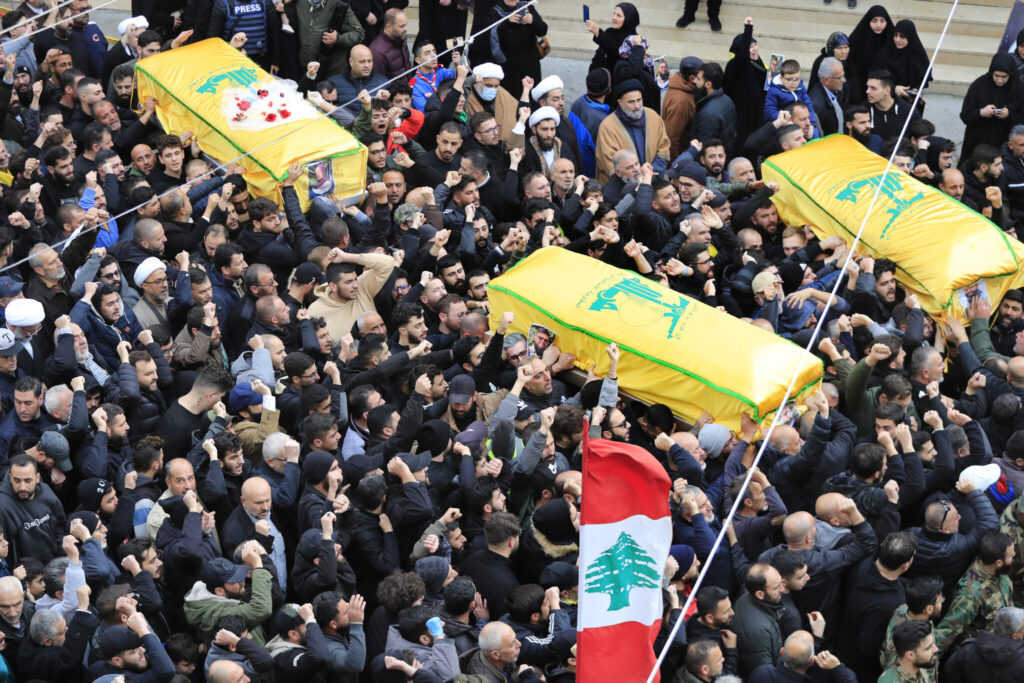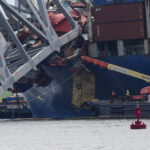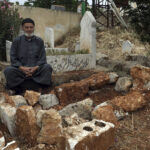Israeli officials are stepping up threats against the Lebanese militant group Hezbollah, warning that Israel is running out of patience as the two sides continue to trade fire along Israel’s volatile northern border.
Quick Read
- Escalating Threats Against Hezbollah: Israeli officials, including War Cabinet member Benny Gantz and army chief Lt. Gen. Herzi Halevi, are warning of increased action against Hezbollah. Gantz stated that if the international community and Lebanese government don’t restrain Hezbollah, Israel will. Halevi mentioned the military’s high readiness and plans for possibly opening a second front in the north.
- Background of the Fighting: The conflict along Israel’s northern border began after Hezbollah started firing rockets following the Oct. 7 Hamas attack, triggering the war in Gaza. The fighting with Hezbollah has been less intense than in Gaza but has led to destruction, displacement, and deaths on both sides.
- Nature of the Fighting: The conflict involves Hezbollah attacking Israeli posts and launching rockets and drones. Israeli forces have responded with airstrikes and shelling in Lebanon. The Israeli military reports over 1,700 rockets fired from Lebanon, resulting in Israeli casualties and the evacuation of northern communities.
- Iran’s Involvement: Although there’s no direct evidence that Iran orchestrated the Oct. 7 attack, its support for Hamas and Hezbollah is well-documented. Iran-backed groups in various regions have launched attacks in support of Hamas, escalating the conflict’s scope.
- Hezbollah’s Position: Hezbollah leader Hassan Nasrallah faces a difficult situation. While involvement in the conflict can harm Lebanon’s already fragile state, not supporting Hamas could affect Hezbollah’s credibility. Hezbollah has limited its attacks while maintaining the threat of escalation.
- Israel’s Potential Expansion of Conflict: Israeli officials indicate readiness to expand military operations beyond Gaza. They stress that Hezbollah should expect consequences for its actions. The U.S., Israel’s ally, prefers a negotiated resolution to avoid a second war front.
- 2006 U.N. Cease-Fire Agreement: Both Israel and Lebanon have arguments regarding violations of the 2006 cease-fire. Israel demands Hezbollah comply with the agreement that restricts armed presence in the southern Lebanese border area, while Lebanon points out Israeli airspace violations and the dispute over Chebaa Farms.
The Associated Press has the story:
As Gaza war grinds on, tensions soar along Israel’s volatile N. border with Lebanon
Newslooks- TEL AVIV, Israel (AP)
Israeli officials are stepping up threats against the Lebanese militant group Hezbollah, warning that Israel is running out of patience as the two sides continue to trade fire along Israel’s volatile northern border.
Benny Gantz, a member of Israel’s War Cabinet, said Wednesday that if the international community and the Lebanese government don’t restrain Hezbollah, Israel will. Israel’s army chief, Lt. Gen. Herzi Halevi, said the military is in a state of high readiness and has approved plans in case it decides to open a second front in the north.
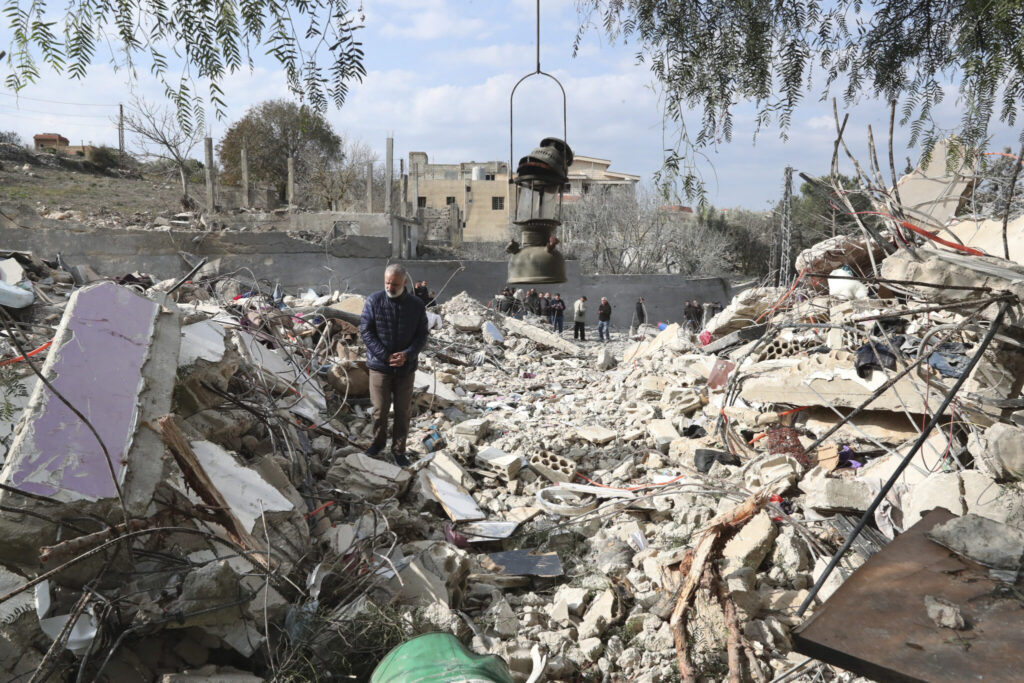
The fighting along Israel’s northern border broke out when Hezbollah began firing rockets shortly after the Oct. 7 cross-border attack by Hamas triggered the war in Gaza.
While at a lower intensity than the battle in Gaza, the simultaneous fighting has caused destruction, displacement and death on both sides and raised fears of a wider regional war.
Here is a look at the battle between Israel and Hezbollah:
WHAT DOES THE FIGHTING INVOLVE?
Hezbollah fighters have been attacking Israeli posts and villages along the border, and the group has launched rockets and drones toward Israeli targets. Israeli tanks, artillery and aircraft have been striking areas on the Lebanese side of the border. The fighting has been mostly brief, but almost daily.
The Israeli military says more than 1,700 rockets have been fired from Lebanon toward Israel, killing 15 Israelis, including nine soldiers, and injuring more than 150 people.
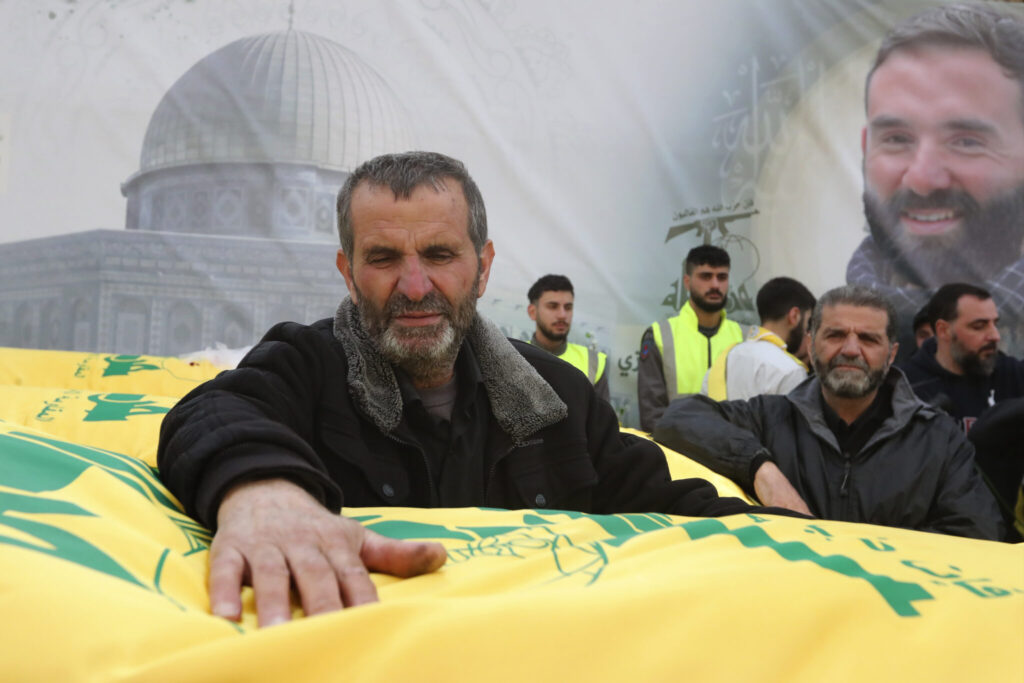
Israel has evacuated about 60,000 people from more than 40 northern communities, including the main city of Kiryat Shemona, which has 22,000 residents. Israeli media outlets have aired footage of battered homes and barren communities, with Israeli soldiers guarding empty streets.
On the Lebanese side, around 74,500 people have been displaced by the fighting, according to the International Organization for Migration.
Nearly 160 people have been killed by Israeli airstrikes and shelling in Lebanon, according to an Associated Press tally. Most of those were fighters with Hezbollah and allied groups, but at least 19 civilians have also been killed, including journalists and children.
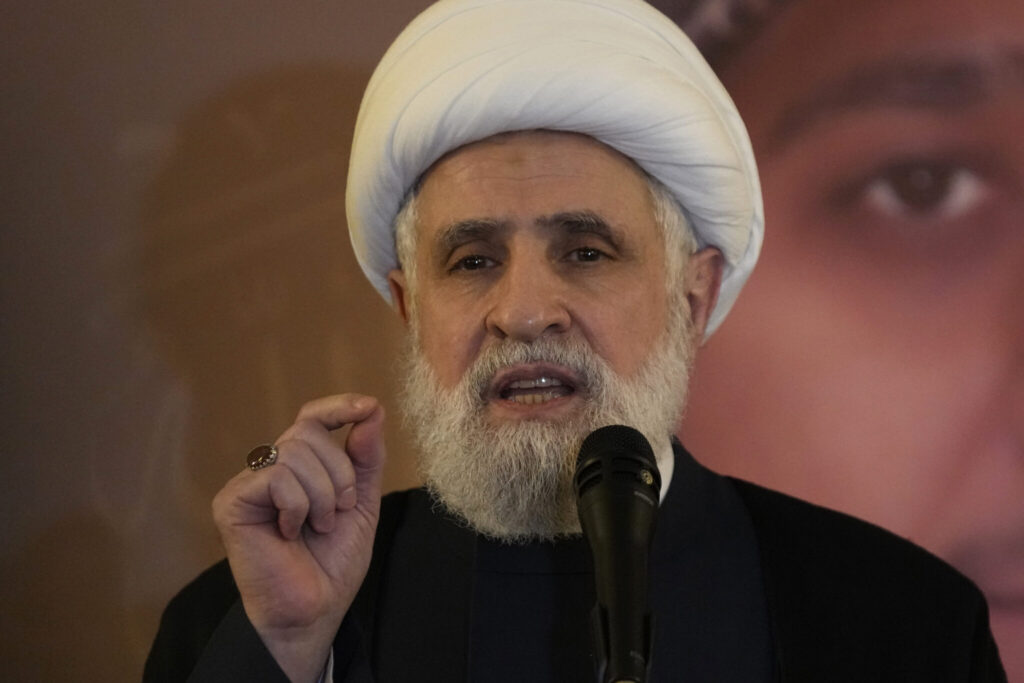
Human rights groups and local officials have also accused Israel of hitting Lebanese border areas with shells containing white phosphorus, a controversial incendiary munition. The strikes have burned hundreds of hectares (acres) of farm and woodland and injured civilians. Israel says all its actions conform with international law.
WHY ARE THEY FIGHTING?
Israel and Iran-backed Hezbollah are longtime bitter enemies, dating back to Israel’s occupation of parts of south Lebanon from 1982 to 2000.
After Hezbollah fighters ambushed an Israeli patrol in 2006 and took two Israeli soldiers hostage, the sides fought a vicious monthlong war that ended in a draw — but not before Israeli bombardment wreaked widespread destruction in southern Lebanon and parts of Beirut.
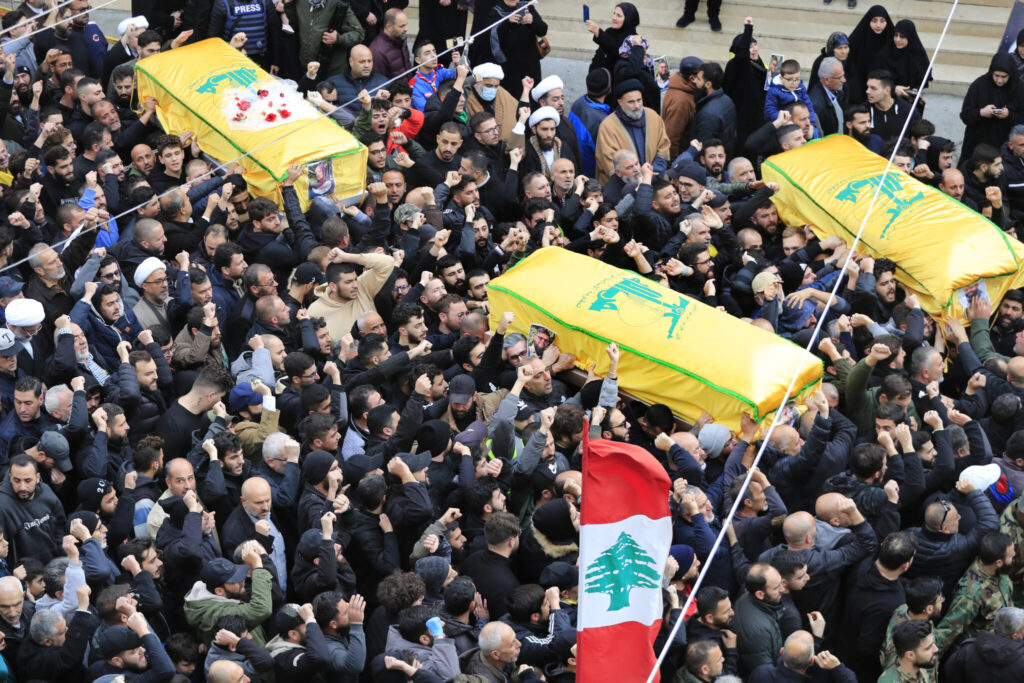
The border area had largely been quiet since that war, aside from sparse skirmishes and sporadic tensions. Israel estimates that Hezbollah has some 150,000 rockets and missiles in its arsenal, many of which can strike virtually anywhere in Israel, including the economic capital, Tel Aviv.
Hezbollah says its attacks aim to ease pressure on the Gaza Strip, where Israel is fighting an unprecedented ground, air and sea offensive meant to topple Hamas and return some 129 people held captive in the territory.
THE IRAN CONNECTION
Although there has been no proof that Iran, Israel’s archenemy, ordered the Oct. 7 attack, its fingerprints have been visible throughout the ensuing conflict.
In addition to Iran’s support for Hamas and Hezbollah, Iran-backed groups in Yemen, Syria and Iraq have launched attacks on Israel and its allies in support of Hamas.
In the Red Sea, attacks by Houthi rebels in Yemen against ships they believe to be connected to Israel have disrupted trade and prompted the launch of a U.S.-led multinational naval operation to protect shipping routes.
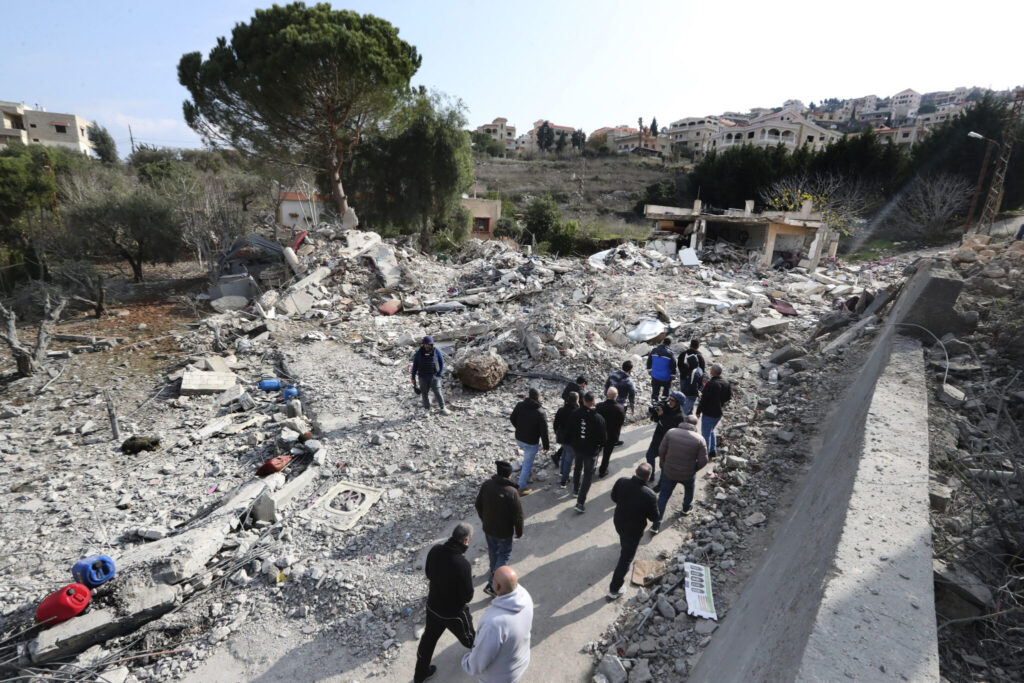
Iran-backed militias in Iraq have also launched dozens of attacks on bases housing U.S. troops in Iraq and Syria, which they have said are in retaliation for Washington’s support of Israel.
And on Monday, Iranian state media blamed Israel for a strike on a Damascus neighborhood that killed a high-ranking Iranian general.
Amos Harel, a military commentator for the daily Haaretz newspaper, wrote Wednesday that the general’s killing was a message to Iran that it can no longer enjoy immunity while its proxies attack Israel.
“It also brings us closer to the possibility of a growing escalation against Hezbollah, and even against the Iranians, on the northern front,” he wrote.
WHAT IS HEZBOLLAH’S ROLE?
Hezbollah’s leader, Hassan Nasrallah, faces a risky balancing act.
Joining Hamas would risk dragging Lebanon — beset by economic calamity and internal political tensions — into a conflict it can ill afford, fueling domestic opposition to the group. The World Bank has already said the clashes are likely to harm Lebanon’s economy.
Lebanon is in the fourth year of a crippling economic crisis and is bitterly divided between Hezbollah and its allies and opponents, paralyzing the political system.
But staying entirely on the sidelines as Israeli troops battle in the Gaza Strip could compromise Hezbollah’s credibility, and a Hamas defeat would be a blow to Iran.
Hezbollah has been careful to limit its attacks on Israel, while keeping open the threat of a broader escalation.
“If Israel goes too far, we will retaliate twice as much,” Hezbollah’s deputy leader, Sheikh Naim Kassem, said Thursday. “We will not fear either Israeli or American threats or intimidation.”
A NEW FRONT FOR ISRAEL?
With its soldiers bogged down in Gaza, Israel has mostly sought to limit the fighting in its north. Hezbollah’s military capabilities are far superior to those of Hamas.
Still, Israeli officials are increasingly warning that the country is prepared to expand the fighting and that Hezbollah should be prepared to pay a price for the damage it has wrought over the past three months.
Israel already has bolstered forces in the north and could well turn its sights on Hezbollah once it scales down or wraps up the war in Gaza.
Israel’s top ally, the U.S, which has sent military reinforcements to the region, says it prefers to see a negotiated solution to the mounting tensions rather than a second war front.
Israel also wants Hezbollah to abide by a 2006 U.N. cease-fire agreement that states the border area in southern Lebanon must be “free of any armed personnel, assets and weapons” other than Lebanese government forces and U.N. peacekeepers. Under the resolution, Hezbollah should not have military presence in the border region.
Lebanon, meanwhile, argues that Israel violates the resolution with its air force’s frequent entry into Lebanese airspace and by its presence in Chebaa Farms, a disputed area along the country’s border with the Golan Heights, an area seized by Israel from Syria in 1967.
Israeli Foreign Minister Eli Cohen said Wednesday that Hezbollah must respect the 2006 cease-fire. Otherwise, he warned, Nasrallah “must understand that he’s next.”

